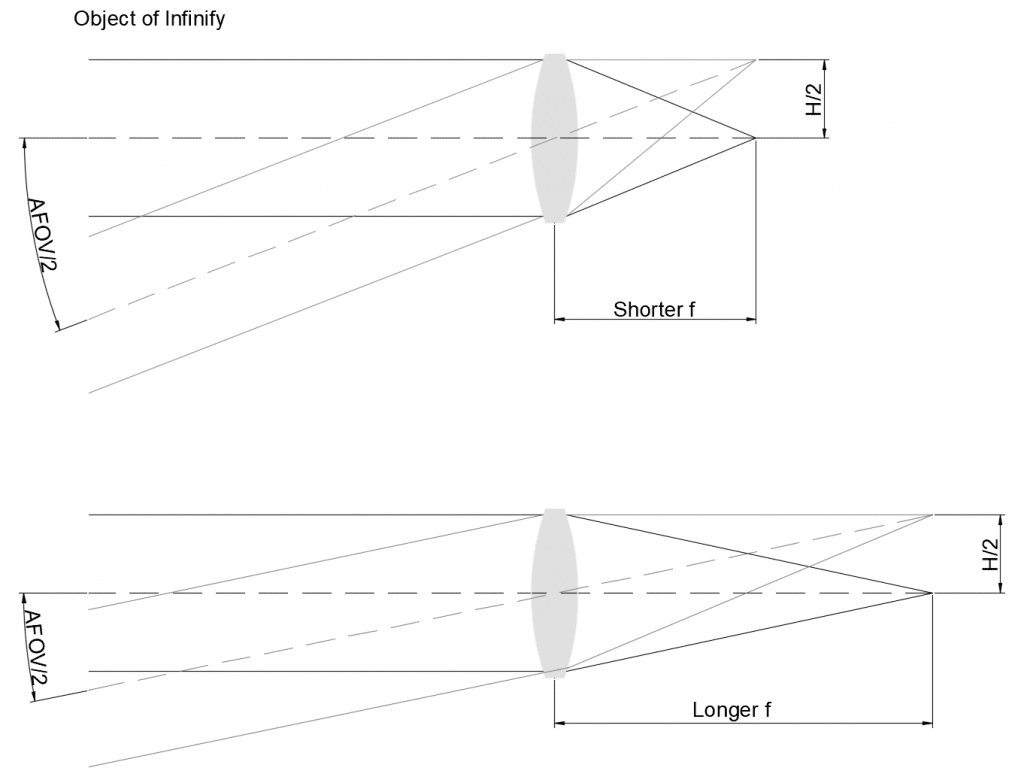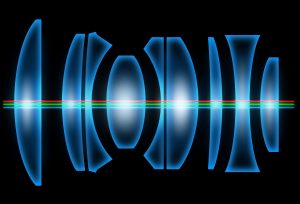Key Takeaways
- Understanding focal length is crucial: zoom lenses provide variable focal lengths for flexible field of view, while fixed focal length lenses offer specific, unchangeable options.
- Lenses with shorter focal lengths, like wide-angle lenses, capture expansive scenes and fit more elements into the frame.
- Telephoto lenses, with their longer focal lengths, are ideal for magnifying distant subjects and are commonly used in wildlife and sports photography.
- Zoom lenses with variable focal lengths offer flexibility, allowing photographers to adjust magnification and field of view without changing lenses.
Understanding Focal Length in Photography and Optics
Understanding focal length is crucial in photography and optics, as it plays a pivotal role in determining how lenses focus or diverge light, influencing the field of view, perspective, and overall visual impact of images.
Focal Length
The focal length of a lens determines its ability to either focus or diverge light. A longer focal length indicates a gradual bending of light, while a shorter focal length implies sharper angles of light bending. Generally, lenses with positive focal lengths converge light, producing focused images, while lenses with negative focal lengths cause light to diverge. However, there may be exceptions, which are determined by the specific distance between the lens and the object being imaged.
Shorter Focal Length and Sharp Angles
A shorter focal length, such as those found in wide-angle lenses, results in sharper angles of light bending. This characteristic is essential for capturing expansive scenes, as it allows more of the surroundings to be included in the frame. Wide-angle lenses, with their shorter focal lengths, provide a broader field of view, enabling photographers to capture more of the environment in a single shot.
Fixed Focal Length Lenses
A fixed focal length lens, also known as a prime lens, is characterized by a specific, unchangeable focal length. Prime lenses are different from zoom lenses, as they do not offer variable focal lengths. These lenses are renowned for their optical quality and are often preferred for their ability to produce sharp images. Common fixed focal lengths include wide-angle primes, standard primes, and telephoto primes.
The focal length of a lens defines the AFOV. For a given sensor size, the shorter the focal length, the wider the AFOV. Additionally, the shorter the focal length of the lens, the shorter the distance needed to obtain the same FOV compared to a longer focal length lens. For a simple, thin convex lens, the focal length is the distance from the back surface of the lens to the plane of the image formed of an object placed infinitely far in front of the lens. From this definition, it can be shown that the AFOV of a lens is related to the focal length, where f is the focal length and H is the sensor size.

Wide Angle and Standard Prime Lenses
Wide-angle prime lenses have shorter focal lengths, resulting in a wider field of view. These lenses are ideal for capturing expansive landscapes or fitting more elements into a confined space. On the other hand, standard prime lenses typically have moderate focal lengths, providing a natural perspective that closely resembles human vision. They are versatile for various photographic genres.
Telephoto Lenses and Longer Focal Lengths
Telephoto lenses have longer focal lengths, allowing photographers to magnify distant subjects. These lenses are valuable for wildlife photography, sports events, and any situation where the subject is not easily approachable. Longer focal lengths compress the perspective, making distant objects appear closer and enhancing the details within the frame.
Zoom Lenses for Variable Focal Lengths
Zoom lenses offer variable focal lengths, allowing photographers to adjust the magnification and field of view. This flexibility is advantageous in situations where changing lenses might be impractical or time-consuming. Zoom lenses come in various configurations, such as wide-angle zooms, standard zooms, and telephoto zooms, covering a range of focal lengths within a single lens.
Understanding Focal Length and Field of View
In photography, the concept of focal length is closely tied to the field of view. The focal length of a lens directly influences the width of the scene that can be captured. Shorter focal lengths, as seen in wide-angle lenses, result in a broader field of view, while longer focal lengths, typical of telephoto lenses, narrow the perspective.
Conclusion
Understanding focal length is paramount in photography, influencing the composition, perspective, and overall visual impact of an image. Whether opting for fixed focal length lenses, such as primes with specific focal lengths, or embracing the versatility of zoom lenses with variable focal lengths, photographers can leverage these optical tools to achieve their desired creative outcomes.
GREAT ARTICLE!
Share this article to gain insights from your connections!




